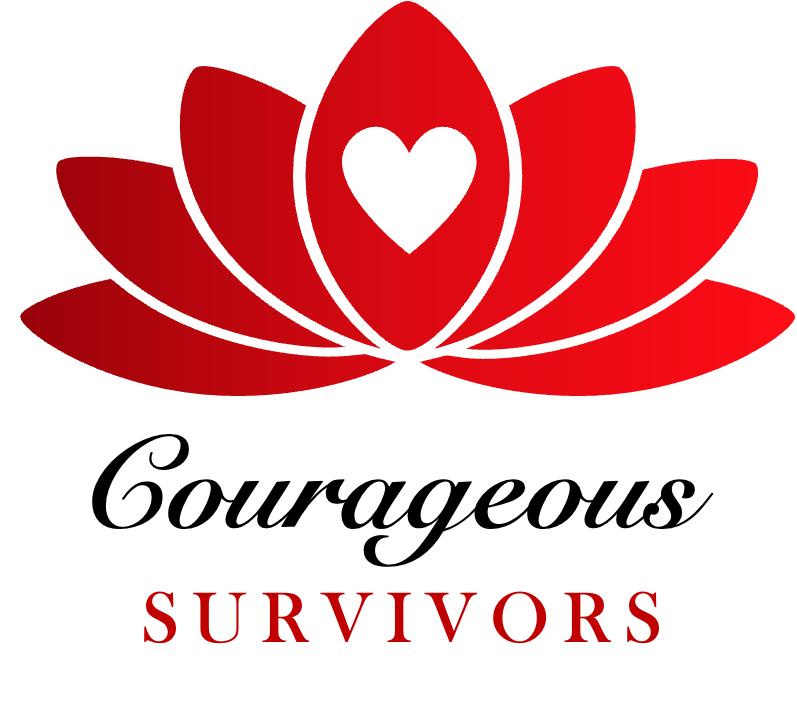How to Reparent the Child Within: Healing the Inner Child After Incest Abuse
By Wanda Yvette
Before I could reparent my inner child after incest abuse, I first had to understand exactly what the inner child was. “Inner child” is a psychological term used to describe the part of our adult psyche or personality that remains from our childhood self. It represents the child we once were who remains with us throughout our lives regardless of our age. Every adult has an inner child within their psyche who was created from their childhood experiences and relationships.
For this reason, everyone’s inner child is different with their own unique personalities, needs, and struggles. Each inner child is also a different age depending on one’s experiences and traumas. Many people even have a few inner children that are different ages. However, there are often similar themes and desires for each inner child such as needing to feel loved and safe.
Typically, our inner child is the age(s) when we experienced the most difficulties and hardships. These challenges didn’t have to be particularly big or profound to have made a permanent impact on us. Small and seemingly inconsequential events, experiences, and interactions can have huge impacts on our psyches and developing selves. For some, their inner child may be two or three years old, while for others they identify could be 13 or 14. The appearance, voice, emotional state, vocabulary, etc. are also specific to each inner child.
One inner child might be very young, scared, and crying, while another might be a teenager who is extremely angry and hostile. These differences give insight into our struggles, what difficulties we have faced and what we need in order to let go of any traumas or negative emotions.
Regardless of our belief in the existence of the “inner child,” we all have a part of ourselves left over from our childhood that has unresolved issues and emotions. If we continue to ignore this part of ourselves, we are ignoring the most important part that we need to understand because it helps to make it easier to handle any future challenges with self-compassion. Learning to reparent those younger parts by showing up as the adult you needed back then, acknowledging each part has held the pain, the experiences.
I would often wonder how to nurture and reparent the little girl who was wounded, who was guided into the massive cornfield and instructed how and where to touch the male adult cousin that called her “his good girl.” How do I formulate a dialogue with her? I have a soft fluffy stuffed puppy that represents this part of myself- the violated five-year-old innocent girl in need of protection. As I grew older, my teenage self became her protector. She was represented by a lion. She was a fighter, her anger and rage were strong. She showed up to protect that innocent five-year-old child abused by her cousin. Both these children remain in me.
I learned in therapy that in order to nurture and heal my inner children, first I needed to acknowledge their existence. When either my puppy or my lion are triggered, I validate their emotions. The adult I am today offers them comfort. I may ask them if a hug would help them, then ask permission before giving myself a loving supportive hug.
I sit with that scared little five-year-old that felt she did something wrong, that believed she was bad. That was not so hard, after all, the adult I am today just needed to be gentle and give her attention. But my inner teenager was a lot different. Her trust had been violated and it took her time to let my adult self help her.
As I continued to heal, I began looking at and recreating pictures to connect, I wrote letters to those wounded younger parts. I allowed myself space to do things I enjoyed as a child– coloring, playing Jacks, and even playing on the swings at a local playground. I also create and recite affirmations out loud to my inner children on a regular basis. I’ll remind my five-year-old that she is innocent, she is safe, and she is loved. It helps for my teenage self to hear that she is good, clean, and she matters. It’s important to reach those younger parts and build a trusting relationship through identifying the developmental stages that were neglected growing up.
Through my experience, I have learned that it is vital for survivors of incest to acknowledge, sit with and validate those experiences. We must learn to seek help through therapy, spirituality, and/or finding other survivors to provide support. It is then that our adult selves will begin to know that we are worthy of self-love and be able to build healthy relationships.
